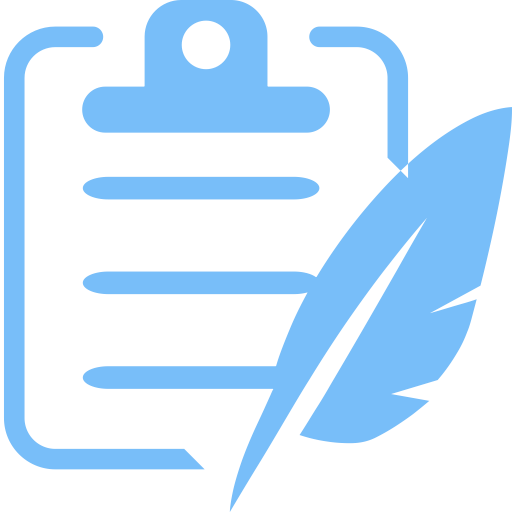Meeting documentation has experienced a significant change in recent decades, moving away from conventional paper-based techniques to advanced digital solutions. This development mirrors wider shifts in our methods of working, communicating, and collaborating. Let’s examine the evolution of meeting documentation and its implications for the future of business communication.
The Age of Paper: Handwritten Record Maintenance
In the early days of business meetings, recording information was done manually. Minutes were created by hand or typed on paper, typically by administrative assistants or secretaries. These notes encompassed important decisions, tasks to be undertaken, and topics discussed. Once completed, they were distributed in printed form, often necessitating extra time and effort to make sure everyone had received and reviewed them.
Obstacles:
-Transcribing and distributing minutes were quite labor-intensive undertakings
-Limited accessibility: physical copies can easily be lost or misplaced.
-Challenges in editing involve the need for reprinting and redistribution due to required corrections.
The Emergence of Electronic Documents
The introduction of word processors in the late 20th century led to considerable advancements. The minutes of the meeting can now be typed, modified, and stored electronically. This shift provided numerous benefits:
-Convenience of modifications: updates can be implemented swiftly without the need to retype whole documents.
-Enhanced distribution: emails and shared drives enable quicker and more dependable sharing of information.
-Improved storage: Digital files took up less physical space and were simpler to arrange.
Obstacles:
-Having multiple versions of documents can create misunderstandings.
-Reliance on technology: dependence on computer systems and software has brought about new challenges.
The Era of Collaboration: Common Platforms and Resources
The early 2000s witnessed the emergence of collaborative tools and platforms, which significantly changed the way meeting documentation was created. Platforms such as Google Docs, Microsoft SharePoint, and various project management tools enable multiple users to work together simultaneously. These advancements provided numerous advantages:
Synchronous collaboration: participants could edit and provide feedback on documents at
-Centralized access: documents were kept in a unified location that was easy to reach, minimizing the chances of differing versions.
Numerous platforms have incorporated calendars and task management systems, enhancing workflow efficiency.
Obstacles:
-Learning curve: teams had to adjust to new tools and technologies.
-Security concerns: Centralized documents necessitate strong security protocols to safeguard against unauthorized access.
The Present Scenario: Artificial Intelligence and Automation
Today, the incorporation of artificial intelligence (AI) and automation into meeting documentation signifies the newest advancement. Contemporary technology can transcribe meetings in real time, summarize conversations, and produce action items with AI. Examples consist of sophisticated transcription services and meeting management tools that feature integrated AI functionalities.
Benefits:
AI can swiftly transcribe and summarize meetings, which helps save time and lessen the amount of manual work required.
Advanced algorithms enhance the accuracy of transcriptions and summaries.
– Practical takeaways: AI tools have the capability to pinpoint essential action items and automatically delegate tasks.
Obstacles:
-Reliance on technology: A substantial dependence on AI necessitates strong systems and infrastructure.
-Privacy concerns: Automated systems need to guarantee the security of sensitive data.
The Future: Improved Integration and Intelligent Automation
Looking forward, it’s expected that the future of meeting documentation will feature increasingly sophisticated integrations and automation. Innovative technologies like virtual and augmented reality (VR/AR) can revolutionize the way meetings are held and recorded, providing engaging and immersive experiences. Moreover, progress in natural language processing (NLP) and machine learning will enhance the methods by which meeting data is recorded and applied.
The development of meeting documentation showcases larger shifts in technology and business methods. From manual notes to AI-driven summaries, every development has sought to enhance efficiency, precision, and teamwork. As technology progresses, documentation for meetings is expected to become increasingly integrated and smarter, improving the way we collaborate and communicate. Grasping this evolution allows us to recognize the advancements achieved and readies us for the innovations that await in the future.
